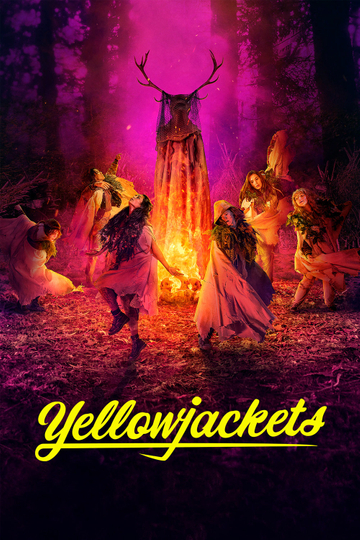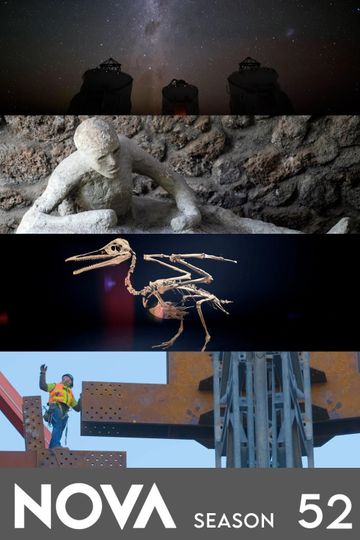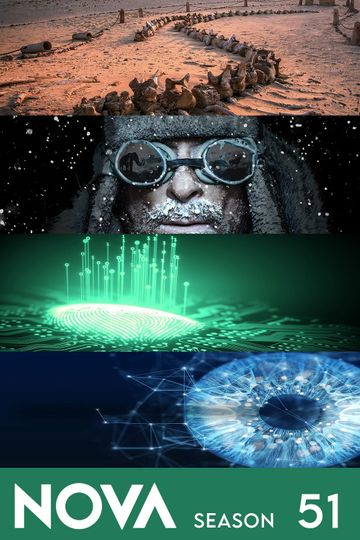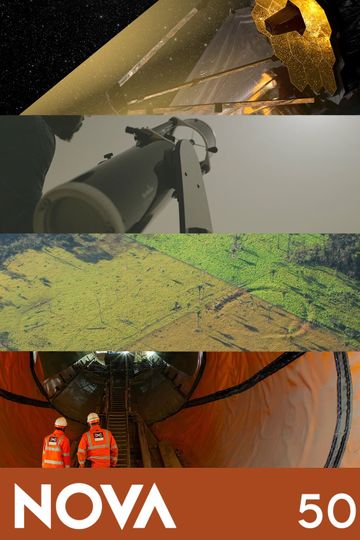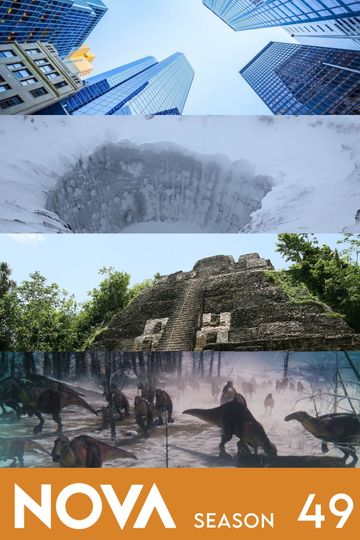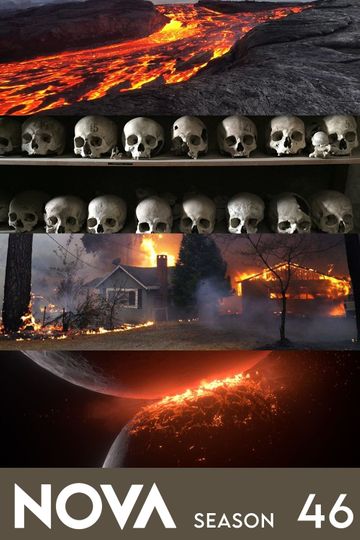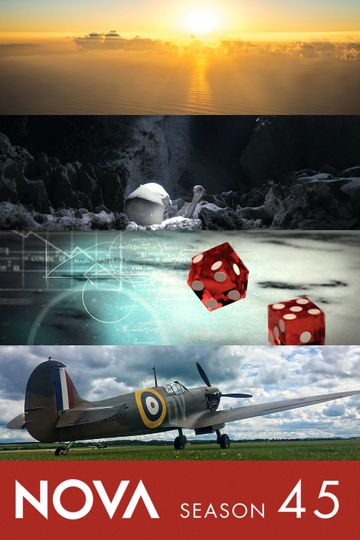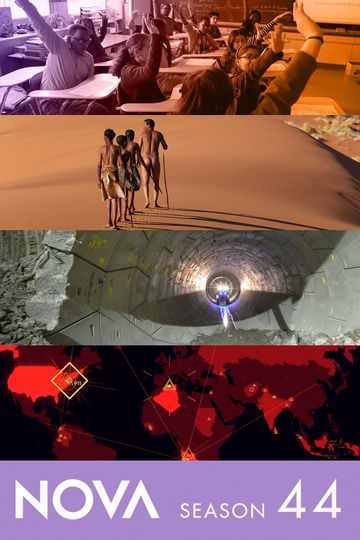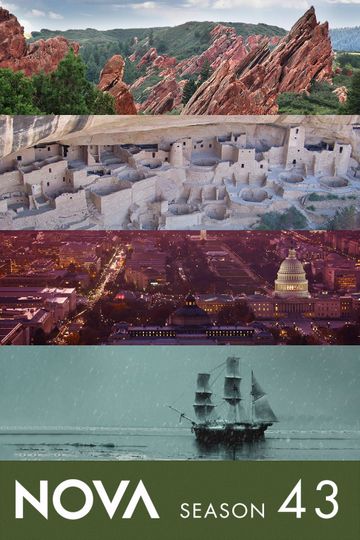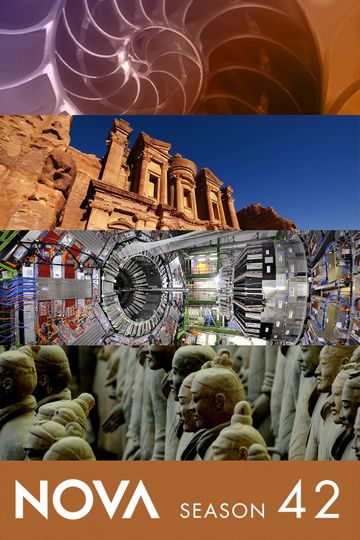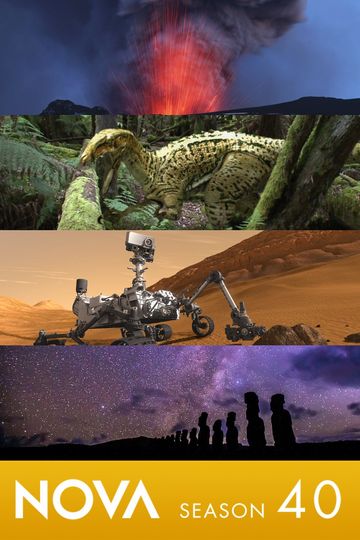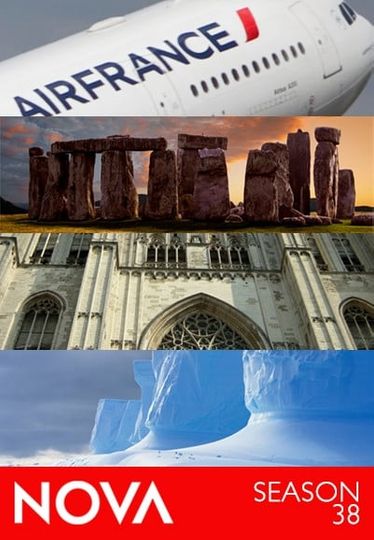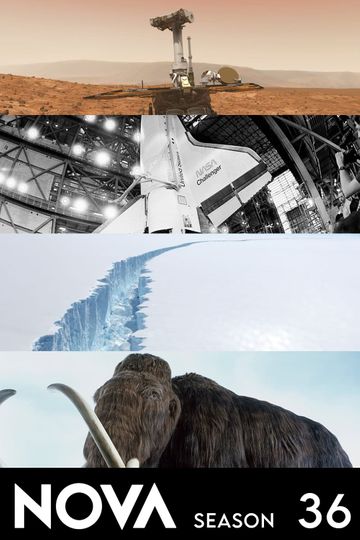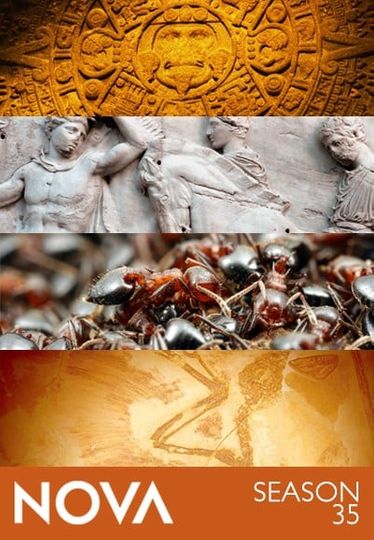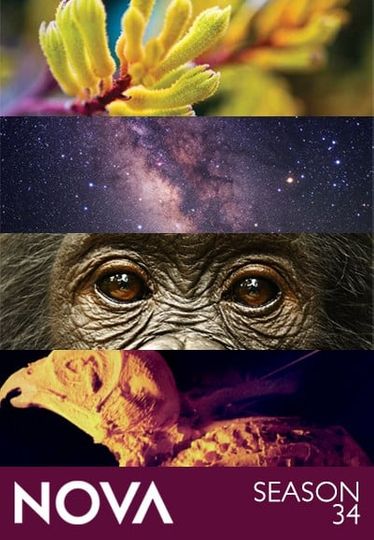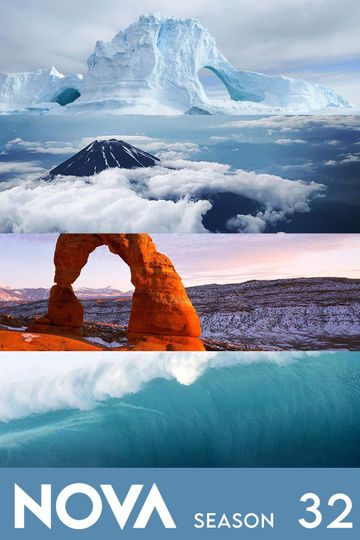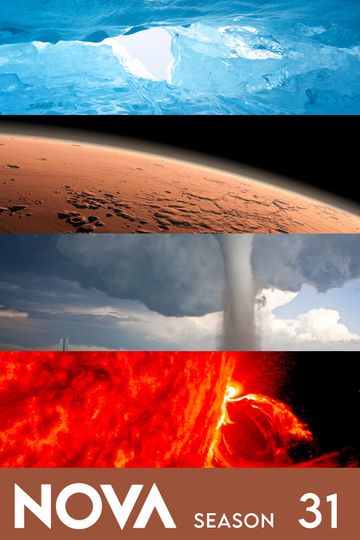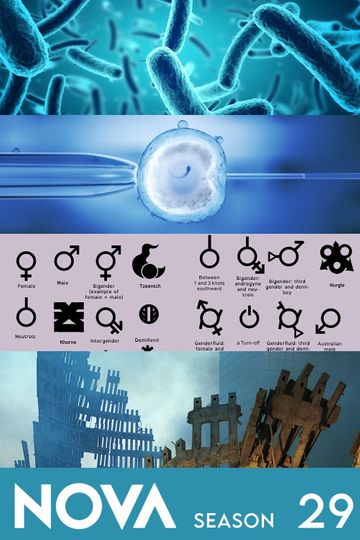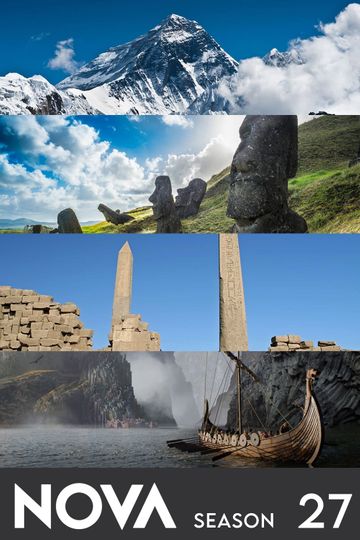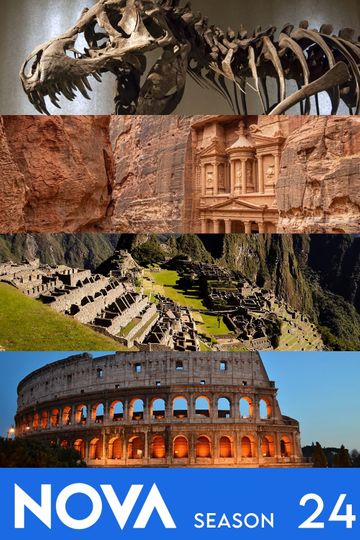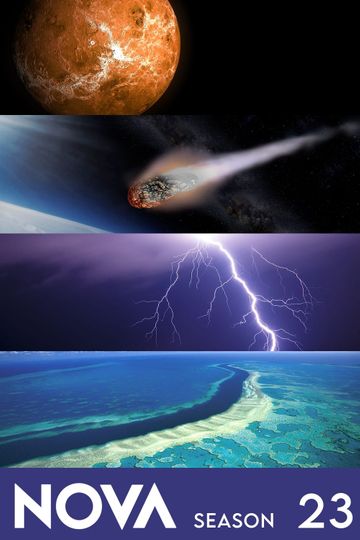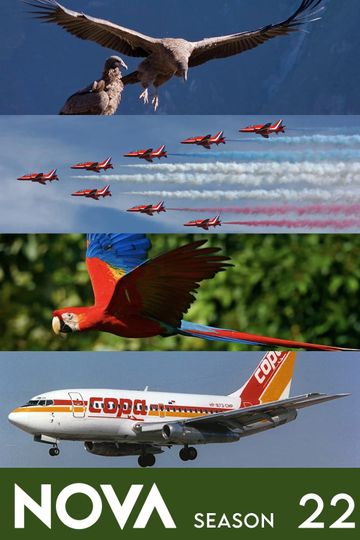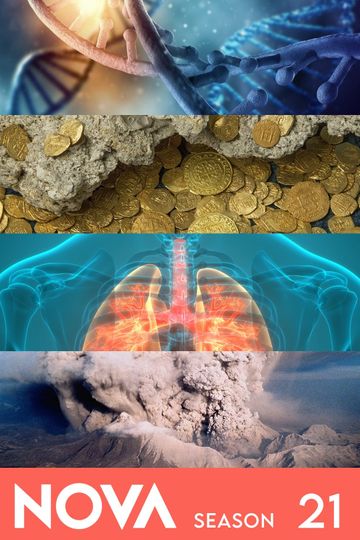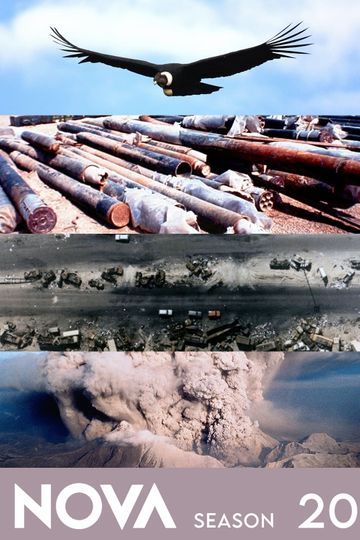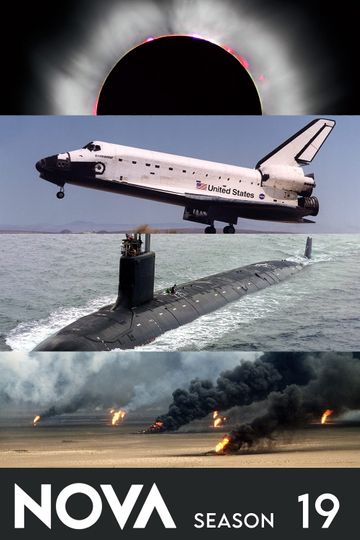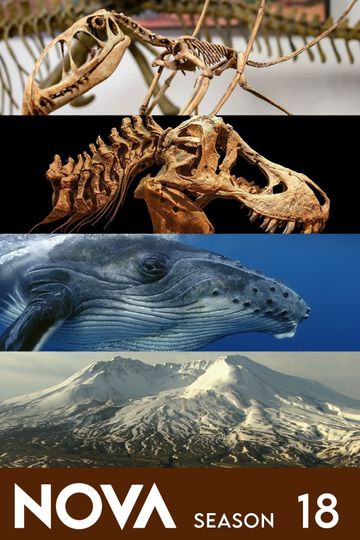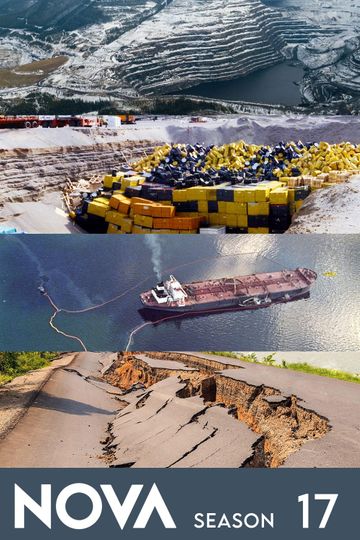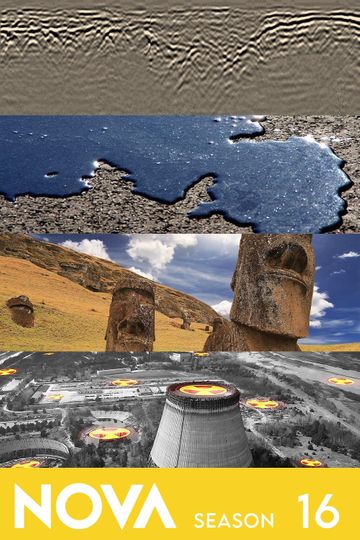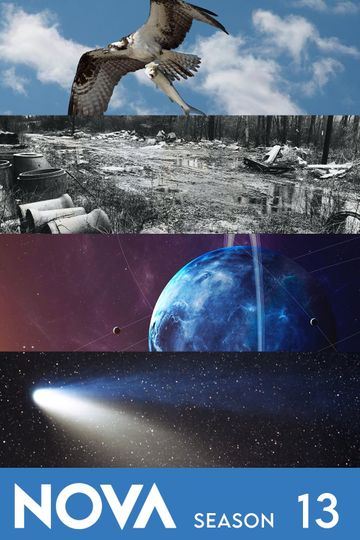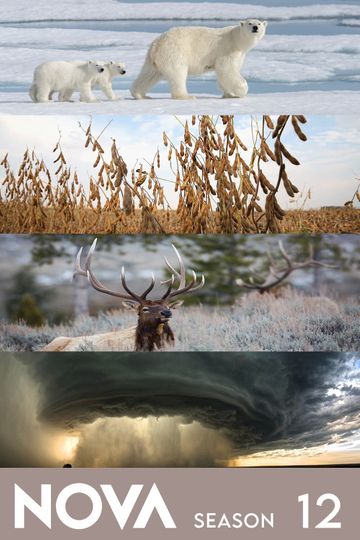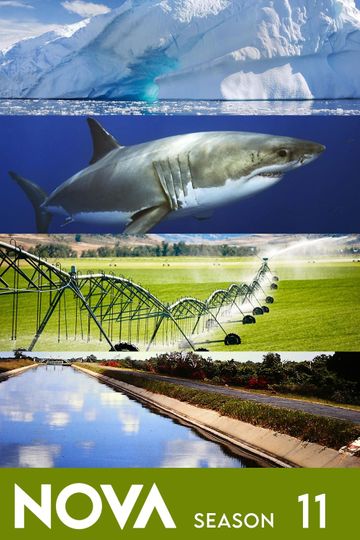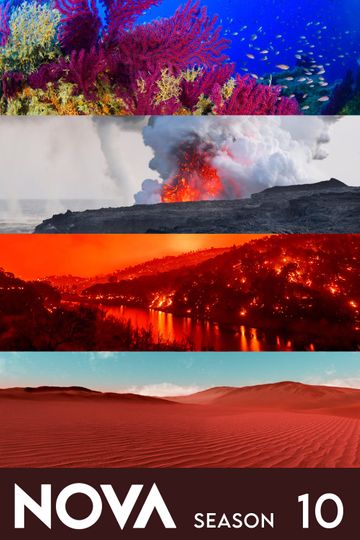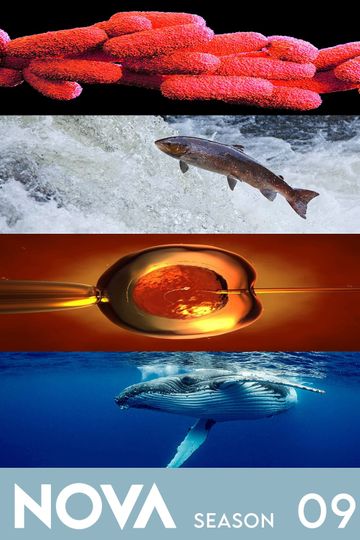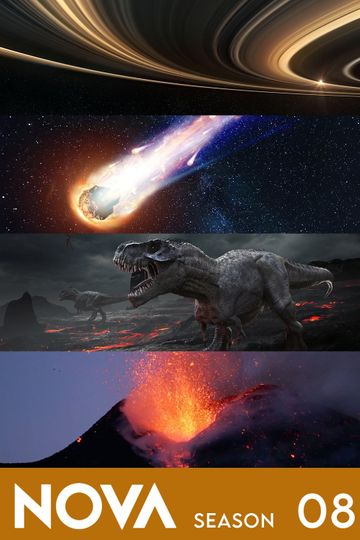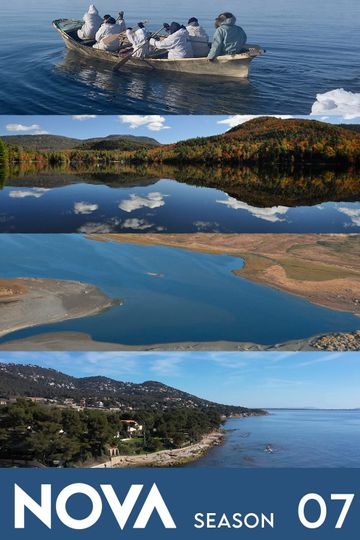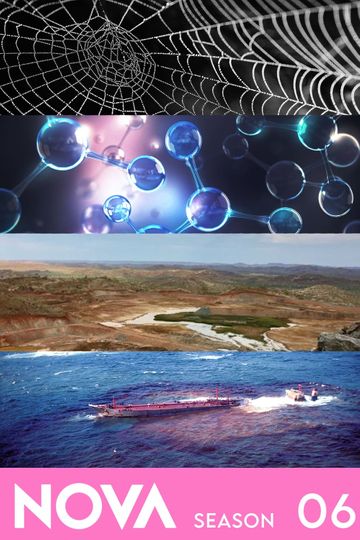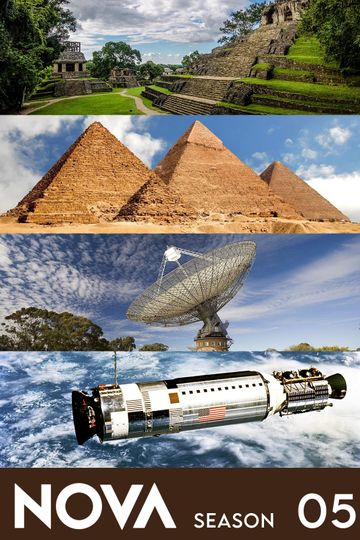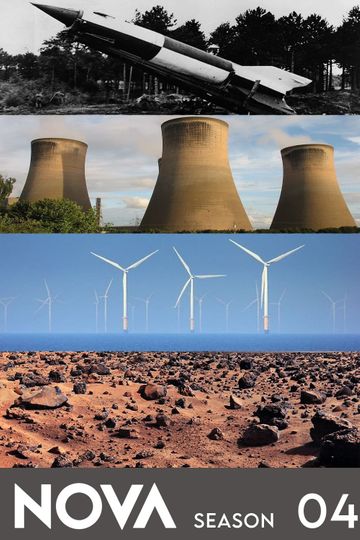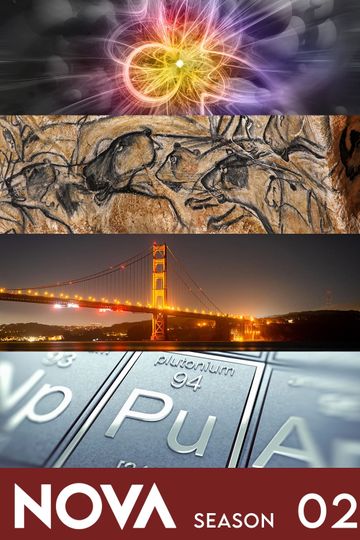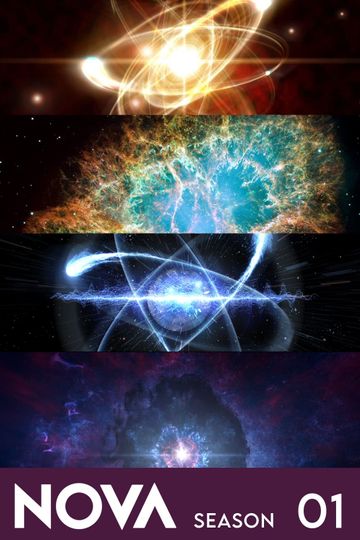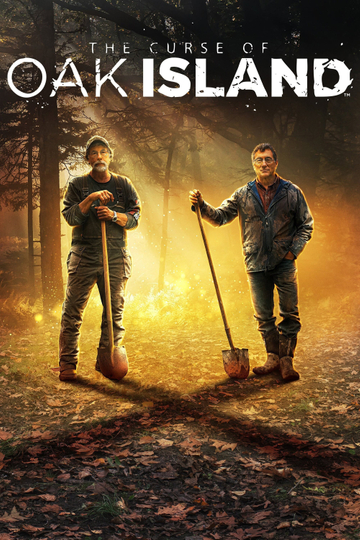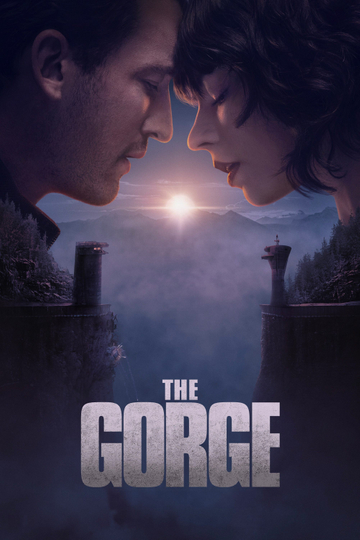Season 48 Episodes
1. Secrets in Our DNA
The value of DNA testing and the risks of entrusting this private data to commercial enterprises and online databases.
2. Beyond the Elements: Reactions
Just about every solid, liquid, or gas in the world as we know it begins with reactions between individual atoms and molecules. Host David Pogue dives into the transformative world of chemical reactions, from the complex formula that produces cement to the single reaction that’s allowed farmers to feed a global population by the billions—a reaction that when reversed, unleashes the powerful chemistry of high explosives.
3. Beyond the Elements: Indestructible
Women make up less than a quarter of STEM professionals in the United States, and numbers are even lower for women of color. But a growing group of researchers is exposing longstanding discrimination and making science more inclusive.
4. Beyond the Elements: Life
Without the chemistry of photosynthesis, ozone, and a molecule called Rubisco, none of us would be here. So how did we get so lucky? To find out, host David Pogue investigates the surprising molecules that allowed life on Earth to begin, and ultimately thrive. Along the way, he finds out what we’re all made of—literally.
5. Looking for Life on Mars
NASA launches its most ambitious hunt for traces of life on Mars, landing a car-sized rover in a rocky, ancient river delta. The rover will stow samples for possible return to Earth and test technology that may pave the way for human travel to Mars.
6. Picture a Scientist/ Search Engine Breakdown
Women make up less than a quarter of STEM professionals in the United States, and numbers are even lower for women of color. But a growing group of researchers is exposing longstanding discrimination and making science more inclusive.
7. Reef Rescue
Coral reefs are not just beautiful, they are also home to over a quarter of all marine life and are crucial to human societies around the globe. But as the climate changes and oceanic heat waves become commonplace, corals are bleaching and reefs are dying off. Now, marine biologists from across the world are teaming up to counteract this catastrophe with a technique called assisted evolution. Follow scientists as they attempt to crossbreed heat-resistant corals, and even transplant corals’ algae, in a race to save the coral reefs from extinction.
8. Fighting for Fertility
What causes infertility, and how can assisted reproductive technologies help? Follow the journeys of people navigating fertility challenges from structural inequalities and racism to falling sperm counts, egg freezing, and IVF.
9. Hindenburg: The New Evidence
80 years after the world’s largest airship ignited in a giant fireball, newly discovered footage sparks a reinvestigation of what exactly caused the Hindenburg disaster.
10. Great Electric Airplane Race
Can new emission-free electric planes replace our polluting airliners and revolutionize personal transportation in our cities? NOVA takes you for a ride in some impressive prototypes that are already in the air, from speedy single-seat planes that can take off like a helicopter but are half as noisy to “self-flying” air taxis that are already taking passengers on test flights in Chinese cities. But if electric airplanes are ever to advance beyond small, short-haul craft, significant hurdles of battery weight, energy storage, and cooling remain to be overcome. How long will it be before the dream of super-quiet, super-efficient airliners becomes a reality?
11. Ship That Changed the World
Five centuries ago, the Age of Exploration and Europe’s imperial colonization of far-off lands was launched by a revolution in ship design that made long-distance ocean voyages practical. But exactly how this momentous innovation happened eludes historians. Now, the excavation of a rare intact wreck discovered off the coast of Sweden offers vital new clues to a maritime mystery.
12. Bat Superpowers
Bats have been implicated in deadly epidemics such as COVID-19 and Ebola, yet scientists are discovering evidence that they may hold a key to a longer and healthier life. From caves in Thailand and Texas to labs around the globe, NOVA meets the scientists who are decoding the superpowers of the bat.
13. The Cannabis Question
As state-legalized cannabis spreads, NOVA investigates the latest scientific evidence for its potential benefits and risks, and how criminalization has disproportionately harmed communities of color.
14. Particles Unknown
Outnumbering atoms a billion to one, neutrinos are the universe’s most common yet most elusive and baffling particle. NOVA joins an international team of neutrino hunters as they try to capture an elusive fourth form of neutrino. Their results may force scientists to redraw their blueprint of the subatomic world, the Standard Model of physics, and change our understanding of how the universe works.
15. Arctic Drift
Join scientists on the most ambitious Arctic research expedition of all time. Experts from over twenty different nations join the voyage of the massive Polarstern icebreaker as it’s gripped by the polar ice and drifts for nearly an entire year. From this unique research station, they can make long-term observations and perform experiments in unprecedented detail. Facing hungry polar bears, perilous sea ice cracks, and brutal cold, the team strives to understand the forces that are changing the region—and the world—forever.
16. Edible Insects
From crunchy crickets to nutty fly grubs, NOVA takes a tasty look at insect foods and how they could benefit our health and our warming planet. From Thailand to Texas, insect farmers are showing how the tiny critters stack up as an environmentally friendly alternative to beef protein and, pound for pound, deliver far better nutritional value than the finest steak. But will Americans overcome the “ick” factor and share the appetite of many cultures around the world for insect feasts?
17. NOVA Universe Revealed: Age of Stars
The sun is our life-giving source of light, heat, and energy, and new discoveries are unraveling its epic history. Join NOVA on a spectacular voyage to discover the sun’s place in a grand cycle of birth, death and renewal that makes this the age of stars. Witness how stars of every size and color came to populate our universe; how stars stage a dramatic exit when they explode as supernovae, which can outshine an entire galaxy; and how, billions of years in the future, the age of stars will lead ultimately to an age of darkness.
18. NOVA Universe Revealed: Milky Way
Straddling the night sky, the Milky Way reminds us of our place in the galaxy we call home. But what shaped this giant spiral of stars and what will be its destiny? NOVA travels back in time to unlock the turbulent story of our cosmic neighborhood, from its birth in a whirling disk of clouds and dust to colossal collisions with other galaxies. Finally, peer into the future to watch the Milky Way’s ultimate fate as it collides with the Andromeda galaxy, over 4 billion years from now.
19. NOVA Universe Revealed: Alien Worlds
It’s an age-old question: are we alone? Or do other lifeforms and intelligences thrive on worlds far beyond our own? Ultra-sensitive telescopes and dogged detective work are transforming alien planet-hunting from science fiction into hard fact. Join NOVA on a visit to exotic worlds orbiting distant suns, from puffy planets with the density of Styrofoam to thousand-degree, broiling gas giants. Most tantalizing of all are the Super-Earths in the “Goldilocks zone,” just the right distance from their sun to support life, and with one of them signaling life’s essential ingredient, water, in its atmosphere. Are we on the brink of answering that haunting question?
20. NOVA Universe Revealed: Black Holes
Take a seat on the ultimate thrill ride to explore nature’s strangest and most powerful objects. Black holes can reshape entire galaxies, warp the fabric of space and time, and may even be the key to unlocking the ultimate nature of reality. A new generation of high-energy telescopes is bringing these invisible voids to light, showing that “supermassives” millions or billions of times larger than our sun lurk at the center of nearly every galaxy, including our own. But what happens if you stray too close to one? And what lies beyond the black hole’s abyss? If nothing can ever escape it, is that the end of the story? Or could they be a portal to another dimension—or another universe, full of black holes?
21. NOVA Universe Revealed: Big Bang
The Big Bang is when many think the universe started and time itself began. But what clues can we discover about this ultimate genesis of everything? And can we ever know what existed before the Universe’s birthday? With stunning animation based on space telescope images, NOVA explores infant galaxies filled with violent blue stars that formed just a few hundred million years after the Big Bang. Before that—before the coming of visible light itself—stretch the “cosmic Dark Ages.” But scientists haven’t stopped there; instead, they’ve come up with an incredible theory for what happened billionths of a billionth of a second from the universe’s birth. If they’re right, we’re on the brink of understanding more than we could ever have hoped about our cosmic origins.
22. High-Risk High-Rise
Gleaming symbols of prestige, skyscrapers are an ingenious way to save space in dense urban areas. But even as we devise ways to defend them against fires, wind, and earthquakes, can we also make them more livable, interactive, and eco-friendly?
23. Butterfly Blueprints
The hidden scientific secrets of butterflies reveal them to be more inventive and resilient than we ever imagined. Follow their extraordinary life cycle and migrations to tropical rainforests, windswept prairies, and even inside a chrysalis as it’s being spun.
24. Alaskan Dinosaurs
A team of intrepid paleontologists discovers that dinosaurs thrived in the unlikeliest of places—the cold and dark of winter in the Arctic Circle. How did they survive year-round and raise their young in frigid and dark winter conditions?
25. Ancient Maya Metropolis
The ancient ancestors of today’s Maya people thrived in large sophisticated cities across Central America for centuries. Why, around 750 CE, did they begin to abandon many of their major cities? Archaeologists investigate dramatic new evidence of the catastrophic droughts and instability that pushed cities beyond their limits.









